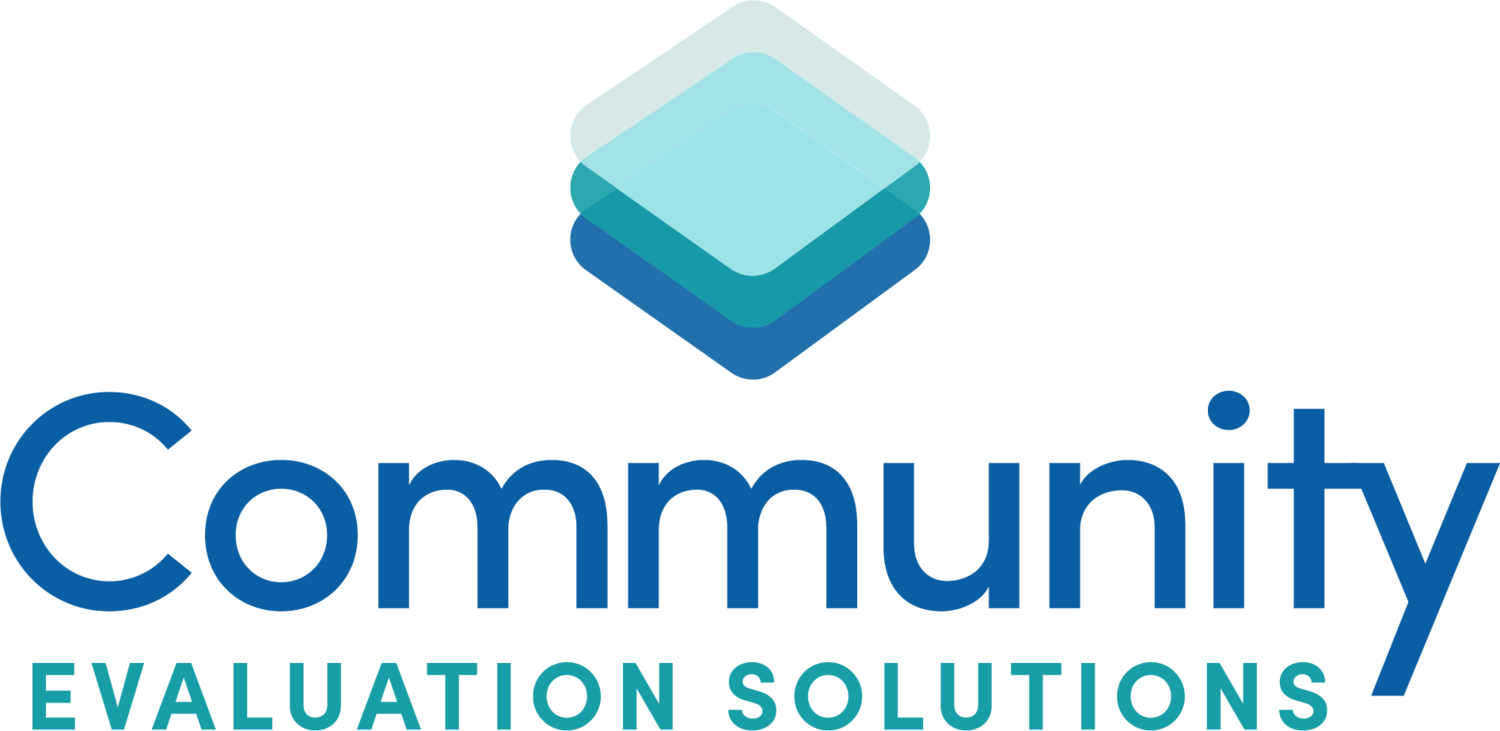Picture This
One of the things I have noticed from working with nonprofits and community coalitions is that most people do not consider themselves “data people.”
Instead, they are typically visual learners. And they are doers. They want to make something happen in their community. Maybe that resonates with you.
I know as a community psychologist and evaluator, that data is important. Otherwise, how do you know you are making a difference?
At CES we do our best to create curiosity and engagement with data in a variety of way including dashboards, graphs, success stories, short videos, and infographics.
Last week, I spoke as part of speaker’s series for SAMSHA’s Service Members, Veterans and their Families Technical Assistance (SMVF TA) Center. We talked about all of these ways of using evaluation information. Today I want to share some tips about one of my favorite ways of using data, infographics. Here are ten tips to get you started.
1. Who is you intended audience? Like all good evaluation reporting techniques, you should start with the evaluation user in mind. What do they most need to know?
2. What story do you need to tell them?
3. Choose a few data points (2 or 3) that tell your story.
4. Don’t forget to cite your data sources. In this age of distrust in data and science, it’s important.
5. Choose your brand colors, but don’t overdo it.
6. Choose icons and pictures that help tell your visual story. In my talk the other day, we looked at an infographic that used 20 dog tags to depict the number of veterans who die by suicide every day.
7. Use words, but minimally. The pictures and your select data points should be the star.
8. Include an action you want them to take (e.g. get involved, donate resources, call their congressional representative etc.).
9. Consider people who may be color blind or have some other visual disability when choosing your colors or font sizes.
10. Make sure you share with some of your folks and get their feedback on your infographic, then make adjustments.
You can use your infographic in newsletters, on your website, on your social media sites, in your annual reports…..so many ways!
Hope this is helpful. Let me know how you use infographics in your work.
Ann

